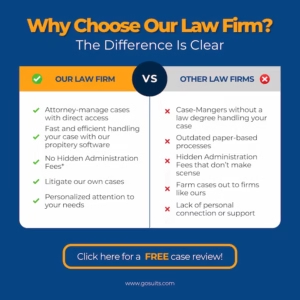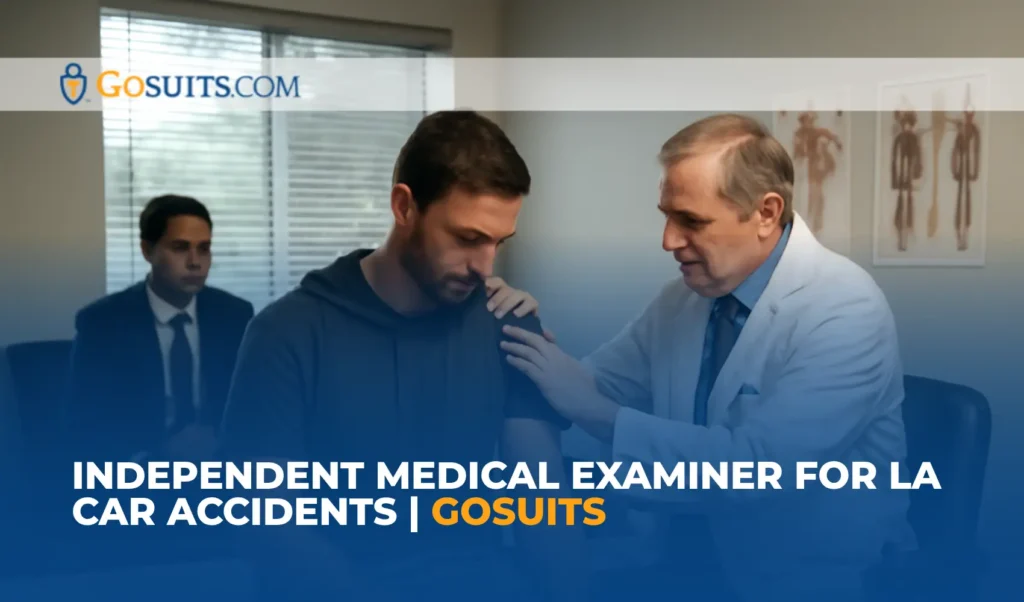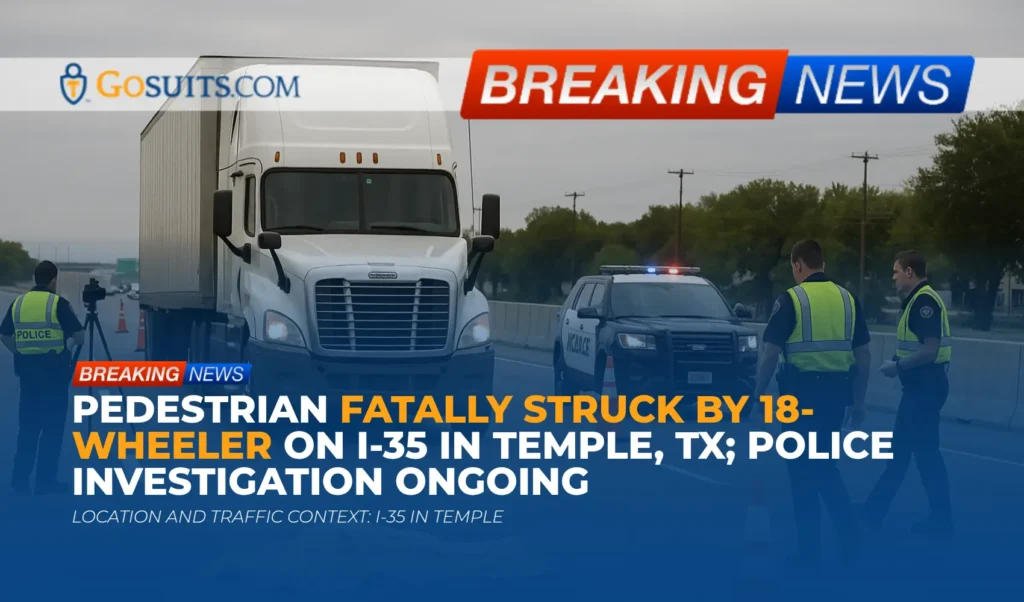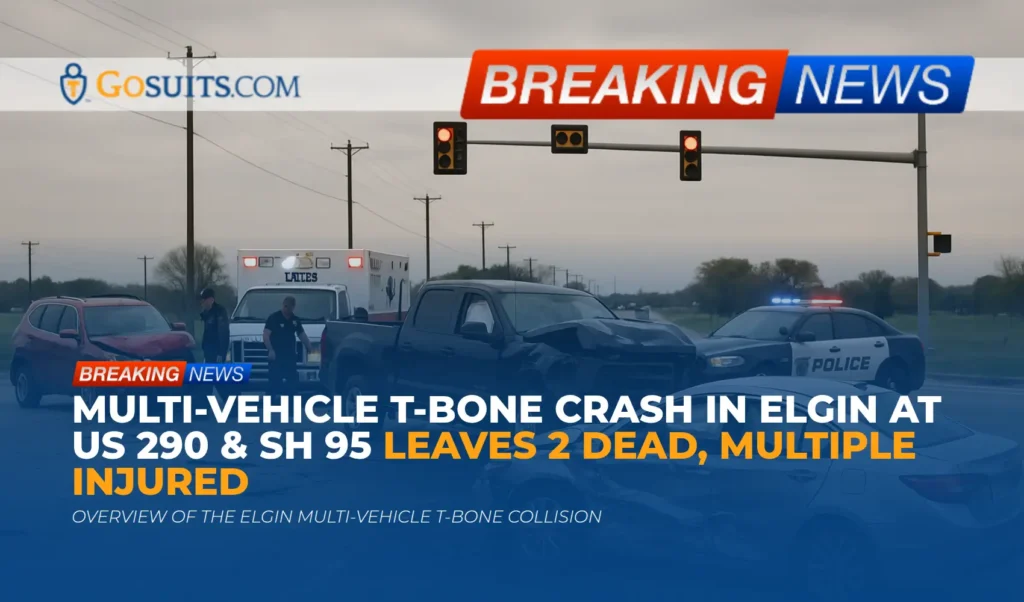Tragedy in Lee County: Head-On Collision Claims Three Lives
A devastating head-on collision in Lee County, Texas, on May 20, 2025, resulted in the deaths of three individuals. The accident, which occurred on US 77 near the Milam County line, has left a community in mourning and raised important questions about road safety and liability in such incidents.
According to the Texas Department of Public Safety (DPS), the collision occurred at approximately 7 a.m. A Toyota Tacoma, carrying an 18-year-old and a 36-year-old, was traveling southbound on US 77 when it reportedly entered the northbound lane and collided head-on with a Dodge Ram pickup truck. The driver of the Dodge Ram, a 49-year-old, was also killed in the crash. All three individuals were pronounced dead at the scene.
The 18-year-old victim was identified as a student from Lorena High School, leaving the school community deeply saddened. The principal of the high school released a statement acknowledging the loss and urging the community to honor the student’s life with unity and respect.
Understanding Head-On Collisions and Their Causes
Head-on collisions are among the most severe types of car accidents, often resulting in serious injuries or fatalities. The force of impact in a head-on crash is amplified because the combined speeds of the vehicles involved are added together. This can lead to catastrophic damage to both vehicles and devastating injuries to the occupants.
Several factors can contribute to head-on collisions, including:
- Driver Error: This is the most common cause, encompassing a range of mistakes such as distracted driving (texting, eating, or other activities that take attention away from driving), drunk or drugged driving, drowsy driving, and aggressive driving behaviors like speeding or reckless lane changes.
- Impaired Driving: Alcohol and drug use significantly impair a driver’s judgment, reaction time, and coordination, increasing the risk of veering into oncoming traffic.
- Distracted Driving: Engaging in activities that divert attention from the road, such as texting, using a cell phone, eating, or adjusting the radio, can lead to a driver drifting out of their lane.
- Drowsy Driving: Fatigue impairs cognitive function and reaction time, making it difficult for drivers to stay alert and maintain control of their vehicle.
- Poor Road Conditions: Factors like inadequate lighting, narrow lanes, sharp curves, and the absence of median barriers can increase the likelihood of head-on collisions, particularly in adverse weather conditions.
- Vehicle Malfunctions: Mechanical failures, such as faulty brakes, steering components, or tire blowouts, can cause a driver to lose control and veer into oncoming traffic.
Legal Aspects of Head-On Collisions in Texas
In the aftermath of a head-on collision, determining the cause is crucial for both safety and legal reasons. Law enforcement agencies typically conduct thorough investigations to assess the circumstances leading up to the crash, including examining vehicle damage, interviewing witnesses, and reviewing police reports.
From a legal standpoint, head-on collisions often raise complex issues of liability and negligence. Negligence, in legal terms, refers to a failure to exercise the level of care that a reasonably prudent person would exercise under similar circumstances. In car accident cases, negligence can take many forms, such as speeding, running a red light, or driving under the influence.
In Texas, which follows a modified comparative negligence system, individuals can recover damages in a personal injury lawsuit even if they were partially at fault for the accident. However, if a person is found to be more than 50% responsible for the crash, they cannot recover any damages. If they are 50% or less responsible, their damages are reduced by their percentage of fault.
For example, if a person sustained $100,000 in damages but was found to be 20% at fault for the accident, they could potentially recover $80,000. However, if they were found to be 60% at fault, they would not be able to recover any damages.
Potential damages in a personal injury or wrongful death case resulting from a head-on collision may include:
- Medical Expenses: Covering past and future medical bills related to injuries sustained in the crash.
- Lost Wages: Reimbursement for lost income due to time off work for medical treatment and recovery.
- Pain and Suffering: Compensation for physical pain, emotional distress, and mental anguish caused by the accident.
- Property Damage: Repair or replacement costs for damaged vehicles and personal property.
- Funeral Expenses: In cases of wrongful death, compensation for funeral and burial costs.
- Loss of Consortium: Compensation for the loss of companionship, support, and affection experienced by family members due to the death of a loved one.

Investigating Liability in a Head-On Collision
Determining liability in a head-on collision requires a thorough investigation that may involve:
- Police Reports: Official police reports provide a detailed account of the accident, including witness statements, accident scene diagrams, and preliminary findings on fault.
- Witness Testimony: Statements from eyewitnesses can provide valuable insights into the events leading up to the collision.
- Accident Reconstruction: Accident reconstruction experts can analyze physical evidence, such as skid marks and vehicle damage, to recreate the accident and determine the sequence of events.
- Vehicle Data Recorders (Black Boxes): Many modern vehicles are equipped with event data recorders (EDRs), commonly known as “black boxes,” which record information about the vehicle’s speed, braking, and other parameters in the moments leading up to a crash.
- Driving Records: A review of a driver’s driving record can reveal any history of traffic violations or previous accidents, which may be relevant to determining negligence.
The Importance of Legal Counsel
Navigating the legal complexities of a head-on collision case can be challenging, specifically while coping with injuries or the loss of a loved one. It is crucial to seek guidance from quality legal counsel who can protect your rights and help you pursue the compensation you deserve.
A personal injury attorney can:
- Investigate the Accident: Conduct a thorough independent investigation to gather evidence and determine liability.
- Negotiate with Insurance Companies: Handle communications and negotiations with insurance companies to ensure fair treatment.
- Assess Damages: Accurately evaluate the full extent of your damages, including medical expenses, lost income, pain and suffering, and other losses.
- File a Lawsuit: If a fair settlement cannot be reached, file a lawsuit and represent you in court.
- Provide Guidance and Support: Offer legal advice and support throughout the legal process, helping you make informed decisions.

Commentary from Gosuits Lee County, Texas Personal Injury Attorney
The tragic head-on collision in Lee County underscores the devastating consequences of car accidents and the importance of safe driving practices. In the aftermath of such incidents, families often face not only emotional grief but also significant financial burdens. Understanding your legal rights and options is crucial. If you or a loved one has been involved in a head-on collision, it is essential to consult with a qualified personal injury attorney to discuss your case and explore your legal options.






